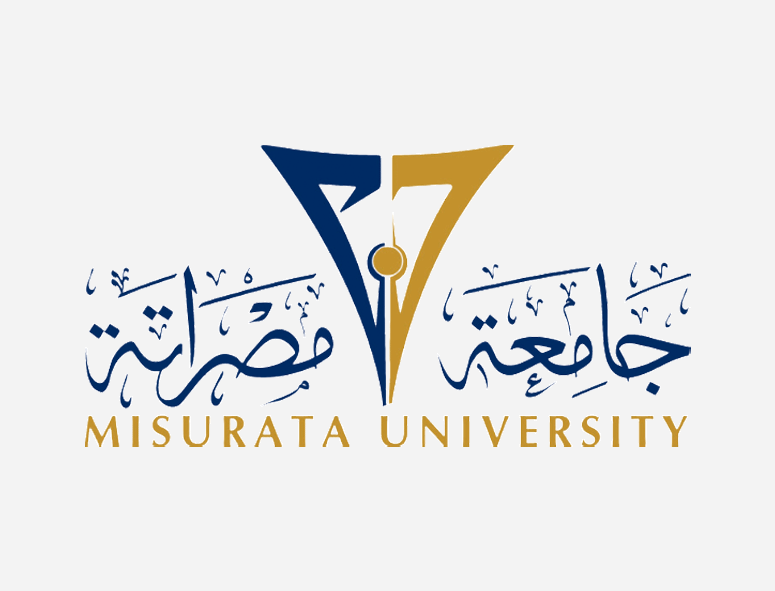A study on Effect of Surface Finishing Processes on Surface Roughness of AISI D2 Tool Steel
DOI:
https://doi.org/10.36602/ijeit.v3i1.282Keywords:
hard turning, surface quality, CBN cutting toolAbstract
According to recent studies, dry hard turning is
more beneficial practical process compared to a grinding
operation, it increases quality, reduces cost and lead-time for
machined parts. In this study, effects of workpiece hardness,
feed rate, depth of cut and cutting speed on surface roughness
were studied using chamfered and honed CBN inserts. Four
factors (hardness, depth of cut, feed rate and cutting speed)
were considered and - two level fractional experiments were
conducted and analysis of the variance was performed.
Furthermore this study shows that the effects of grinding of
heat treated AISI D2 specimens on surface roughness were
conducted and a comparison took place with hard turning.
To investigate the effect temperature increase on both
techniques, the machined surface of workpieces is examined
using optical and scanning electron microscopy SEM.
Practical results shows the lower workpiece hardness and
lower cutting conditions resulted in a better surface roughness.
Finally results showed that in hard machining not only the
machining parameters have an influence on the surface
roughness but also the material hardness found effective factor
in finishing process.
Downloads
References
- Steve F- Krar ALbrt F check "technology of machine tools" fifth
addition MCGRAW-HILL (1997).
- George Krauss "steel heat treatment and processing principles" ASM
(2000)
- Raonald A Walsh "Machining and metal working "MCGRO-HILL
(1997)
- Milton C. Chaw "Metal cutting principles" Clarendon press, Oxford
(1994)
- Andreas Packeisen & Werner Theisen "Turning And Grinding Of
Hard Alloys" Advanced Engineering Material 1999,1,NO 1.
- Y.B. Guo_, J. Sahni -"A comparative study of hard turned and
cylindrically ground white layers" International Journal of Machine
Tools & Manufacture. 44 (2004) 135-145.
- C. X. (Jack) Feng and X. Wang "Development of Empirical Models
for Surface Roughness Prediction in Finishing Turning" Int J Adv
Mamuf Technol (2002) 20 348-356.
- Anselmo Eduardo Diniz, Ricardo Micaroni "Cutting conditions for
finish turning process aiming: the use of dry cutting" International
Journal of Machine Tools & Manufacture. 42 (2002) 899-904
- J. Rech, A.Moisan "Surface integrity in finish hard turning of casehardened
steels" International Journal of Machine Tools &
Manufacture. 43 (2003) 543-550
- Gerard Poulachon, B.P. Bandyopadhyay "Wear behavior of CBN
tools while turning various hardened steels" Wear 256 (2004) 302-310
- DeJong, J. T., Frost, J. D., and Saussus, D. R., "Measurement of
Relative Surface Roughness at Particulate-Continuum Interfaces,"
Journal of Testing and Evaluation, JTEVA, Vol. 30, No. 1, Jan. 2002,
pp. 8-19.
- Carrie K. Harris, Justin P. Broussard and Jerry K. Keska
"DETERMINATION OF WEAR IN A TRIBO-SYSTEM" Industrial
Technology Department, College of Engineering Lafayette, Louisiana
, USA
- Aaron Vernon, Tugrul Ozel, IE "Factors Affecting Surface
Roughness In Finish Hard Turning" Working Paper: 03-104
- N. Narutaki, Y. Yamane, "Tool wear and cutting temperature of
CBN tools in machining of hardened steels", Annals of the CIRP, Vol.
/1, 1979, pp. 23-28.
- T. Hodgson, P.H.H. Trendier, G. F. Michelletti, "Turning hardened
tool steels with Cubic Boron Nitride inserts", Annals of CIRP, Vol.
/1, 1981, pp. 63-66.
Y. S. Chou, M. M. Barash, "Review on hard turning and CBN
cutting tools", SME Technical Paper, Proceedings of 1st International
Machining and Conference, MR95-214, 1995, pp. 951-962.
- Y. Matsumoto, F. Hashimoto, G. Lahoti, "Surface integrity
generated by precision hard turning", Annals of the CIRP, Vol.48/1,
, pp. 59-62.
- S. N. Melkote, J. D. Thiele, R. A. Peascoe, T. R. Watkins, "Effect of
cutting-edge geometry and workpiece hardness on surface residual
stresses in finish hard turning of AISI 52100 steel", ASME Journal of
Manufacturing Science and Engineering, Vol. 122, 2000, pp.642-649.
J. D. Thiele, S. N. Melkote, " Effect of cutting edge geometry and
workpiece hardness on surface generation in the finish hard turning of
AISI 52100 steel", Journal of Materials Processing Technology, Vol. 94,
, pp. 216-226.
- Y.K. Chou, C.J. Evans, M. M. Barash, "Experimental investigation
on CBN turning of AISI 52100 steel", Journal of Materials Processing
Technology, Vol. 134, 2003, pp. Oz el,
T. Ozel, "Modeling of hard part machining: effect of insert edge
geometry in CBN tools", Journal of Materials Processing Technology, in
press, 2003.
- H. K. Toenshoff, C. Arendt, R. Ben Amor, "Cutting hardened
steel", Annals of the CIRP, Vol. 49/2, 2000, pp. 1-19.
- Tugrul Ozel, Tsu-Kong Hsu, Erol Zeren "Effects of cutting edge
geometry, workpiece hardness, feed rate and cutting speed on surface
roughness and forces in finish turning of hardened AISI 1113
steel"Department of Industrial and Systems Engineering Rutgers, The
State University of New Jersey, New Jersey 08854 USA
J. Kopac, M. Bahor, "Interaction of the workpiece material's
technological past and machining parameters on the desired quality of
the product surface roughness", Journal of Materials Processing
Technology, Vol. 109, 2001, pp/ 105-111.
- W. Koenig, R. Komanduri, H. K. Toenshoff, G. Ackeshott,
"Machining of hard metals", Annals of CIRP, Vol.33/2, 1984, pp. 417427
-
M. A. Davies, T. J. Burns, C. J. Evans, "On the dynamics of chip
formation in machining hard metals", Annals of the CIRP, Vol.46/1,
, pp.25-30.
Downloads
Published
Issue
Section
License
Copyright (c) 2016 The International Journal of Engineering & Information Technology (IJEIT)

This work is licensed under a Creative Commons Attribution-NonCommercial-NoDerivatives 4.0 International License.













